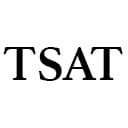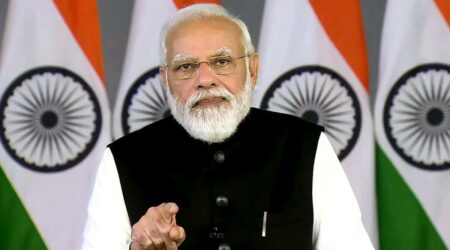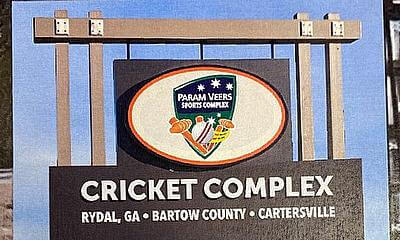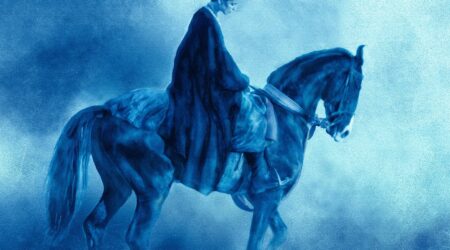By Atul Vyas
The painful arc syndrome also known as supraspinatus tendinitis, which is caused by inflammation of the tendon of the muscle supraspinatus, one of the rotator cuff muscles.
The muscles of the rotator cuff keep the head of humerus in place. The flattened tendons of rotator cuff muscles – supraspinatus stabilize the shoulder joint, and also works with deltoid to lift the arm straight out to side.
There can be many causes for this condition like for this condition like intrinsic weak design, strain by sudden blow or by repetitive actions. Due to these reasons, this muscle becomes vulnerable and does not work fluently and its tendon gets chafed by the collar bone causing inflammation and soreness, so any activity that involves lifting one’s arm can result in shooting pain.
This inflammation can be treated by means of gentle traction, friction and stretching exercises.
There are many good yogic exercises, which provide gentle traction, soft friction and stretching exercises. One of them is basic shoulder rotation or Skandh Sanchalan Kriya.
Yogic exercises are designed to provide prompt treatment for conditions that affect the shoulder such as frozen shoulder, supraspinatus tendinitis and problems of the rotator cuff muscles in general. But remember not to over-do these exercises.
Technique:
- Stand erect feet joined together and with your arms hanging by your side
- Now rotate shoulders back, up and round, making the movement as wide as possible
- Repeat it six times
Benefits:
- Help in reducing inflammation and soreness of rotator cuff muscles.
- Reduces shooting pain while lifting of arm
- Prevents painful arc syndrome
- The correct movement strengthens shoulders and also opens up chest
Note of Caution:
Do not try this movement in reverse.

Atul Vyas likes to be called a “Yoga Scientist”. He is a celebrity yoga trainer and has trained several top Hollywood and Bollywood stars. He has trained for years under many eminent yoga gurus including his illustrious mother Daya Vyas, the first lady yoga guru of India.












